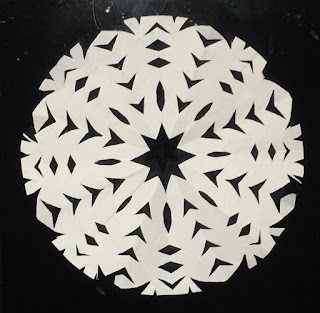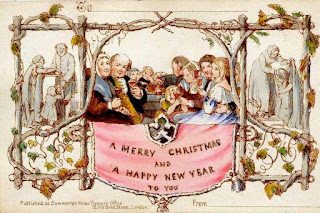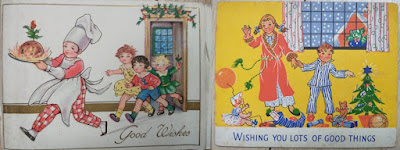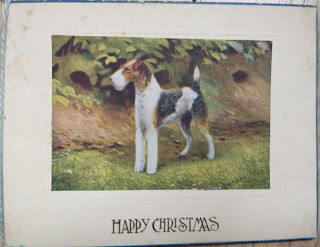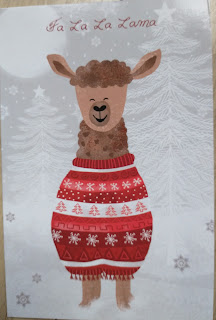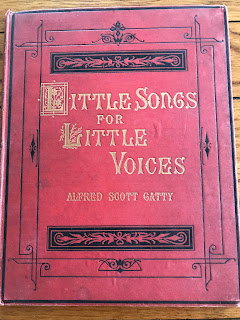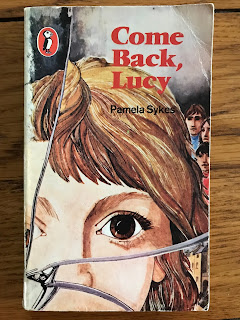I live in Scotland. Every January, primary schools return from their Christmas break and, for the next fortnight, focus on the Scots language. They recite poetry in preparation for one of Scotland’s most iconic festivals. No, it’s not a saint’s day. No, it’s not religious or seasonal in nature. It is a day to celebrate an iconic poet – Scotland’s national bard, Robert Burns.
Robert Burns, Scotland's national poet
Schools hold Burns-themed assemblies, households up and down the country empty supermarket shelves of haggis, neeps (swedes) and tatties (potatoes). The radio warbles with My love is like a red, red rose. Tartan is everywhere. School lunch halls echo with head teachers reciting The Address to the haggis.
Other than the ‘ploughman poet’ label, I was surprised how little people knew of Robert Burns. As a writer of historical fiction, had a hunch that a children’s novel about the poet could do well, particularly in the schools’ market in Scotland. Time to do some Time tunnelling. What could I dig up?
It’s true, Robert Burns spent much of his life farming. However, he also worked as an Exciseman on the infamous Solway Coast where smuggling was rife, due to its proximity to both England and the tax haven of the Isle of Man. At first glance, the poet’s day job sounds almost boring – working for the tax office doth not an adventure make! I wondered if he had ever been involved in anything interesting.
And, oh my goodness, did I strike lucky!
A side note on a museum website briefly mentioned that Burns was involved in the seizure of the Rosamund, a smuggling schooner which had run aground near the coast.
An extract about the seizure of the Rosamund
The ship was full of contraband which had to be confiscated. The Exciseman in charge of the operation was one Walter Crawford, an Excise riding officer whose job involved riding up and down the coast and reporting any suspicious activity which may point to smuggling. The size of the stranded ship meant he needed reinforcements, and fast. Over forty horse-mounted soldiers marched into the freezing sea in three parties, led by three Excise officers. Burns was one of them.
Because Crawford was relatively new in post, he kept a meticulous diary of the operation: dates, times, people present and a blow-by-blow account of what came to pass that February. To me as a writer of children’s fiction, it was a kingly gift!
The Excise officers and the soldiers arrived on horseback and attempted to ride into the sea. But the local beach was famously dangerous for its quicksand.
Quicksand is very dangerous, and is found along the Solway coast
They had no option but to leave the horses behind and proceeded on foot. According to Crawford’s diary, they waded into the wintry waves in February 1792, while being shot at with the ship’s carronades (small cannon) and with muskets. Despite the dangers they were under strict instructions: to mount the ship ‘with pistol and sword’ and to seize the cargo, arresting the dozen or so smugglers on board if possible.
An etching showing smugglers
They approached from angles on which the ship’s cannon could not be brought to bear and eventually succeeded, with the smugglers abandoning ship and fleeing across the narrow stretch of water towards England.
Gosh, take a breath! What a story!
A painting depicting smugglers
All I had to do was to throw a young apprentice Exciseman into the mix – a children’s story needs a child protagonist. I didn’t have to invent any of the jeopardy like I normally do – it was already there in real life.
But it was also important to me to create a little balance – the smugglers were not always the villains, of course – much of the smuggling took place because of genuine need and poverty. I invented Old Finlay and his granddaughter so that their perspective could also be included.
I pitched the book to my publishers. They loved the idea, thankfully, but offered me some unexpected advice.
‘Barbara, schools only do this for a couple of weeks in January. They start after Christmas and they finish on Burns Day, the 25th of January. You need to give them something that they can read in that time. Not a novel – a novella.’
Nothing for it. I cut my proposed manuscript by two thirds.
Barbara finishing her Black Water manuscript by the Solway Firth
The result is the smuggling novella Black Water. It’s a story of sea and smuggling, of quicksand, cannon fire, musketry and bravery, but of poetry too.
Anyone who thinks that learning about Robert Burns is boring would be wise to take another look.
Extract from the Cranachan's (Barbara's publisher) catalogue









